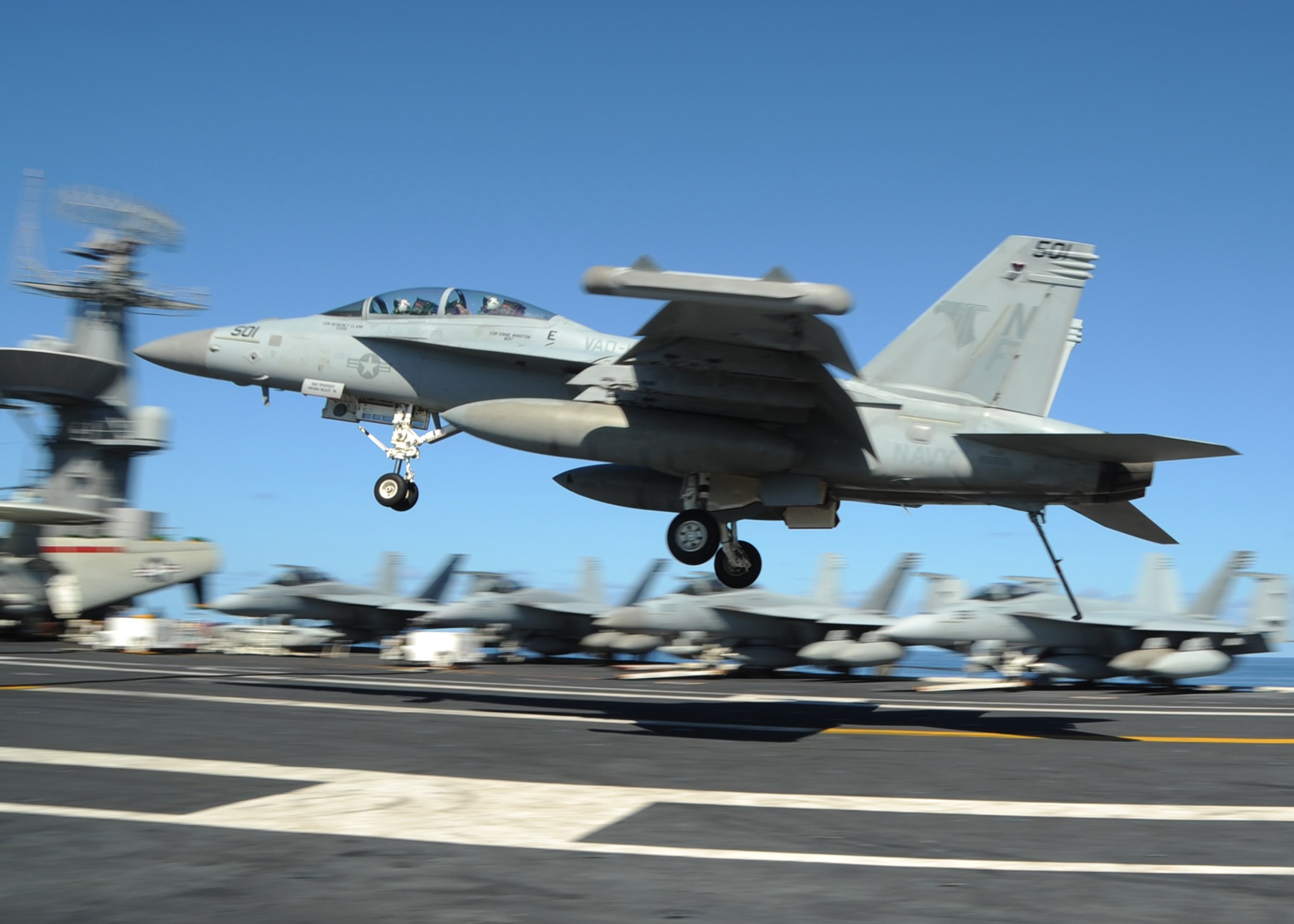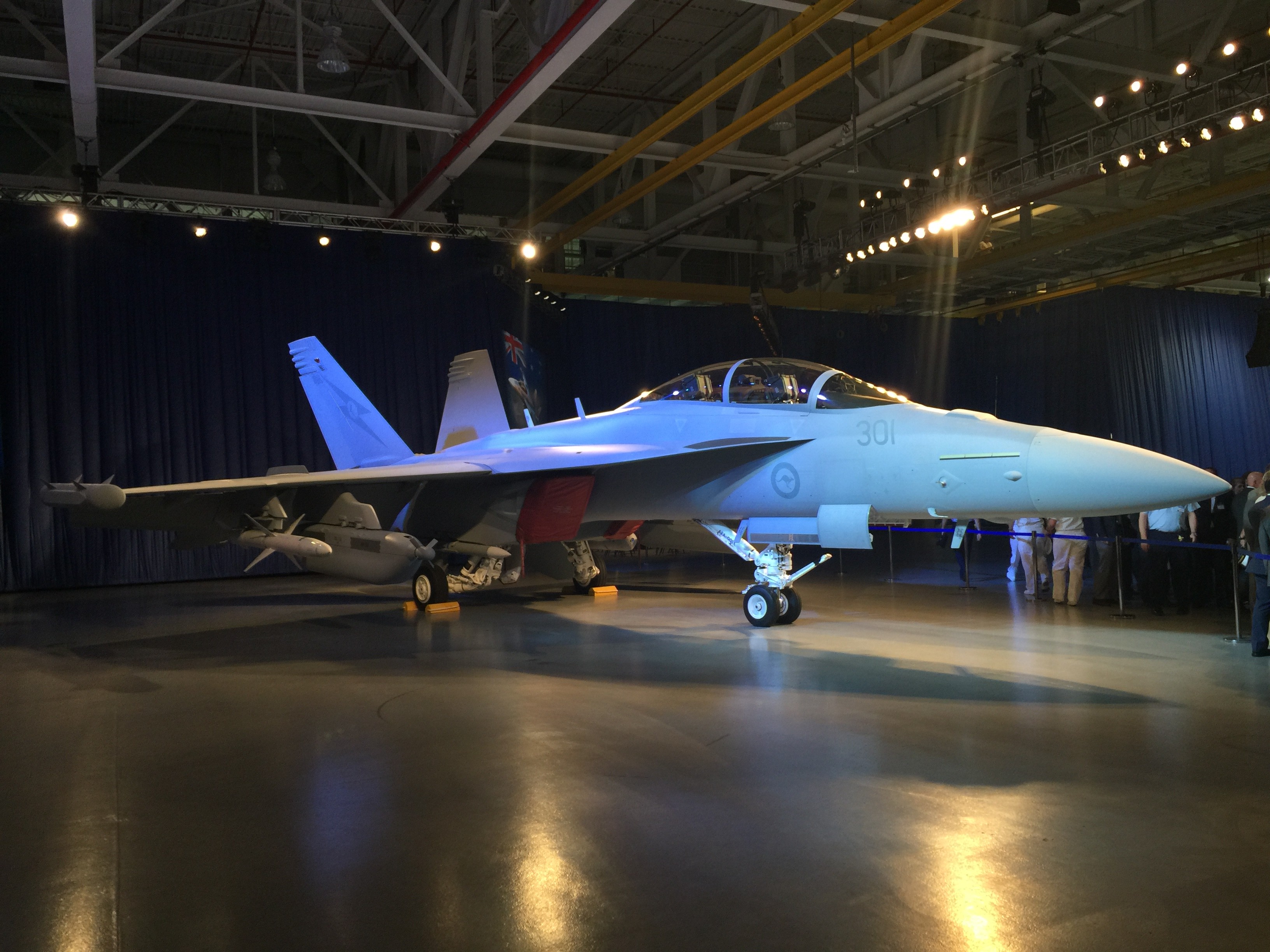
The Navy is working with the Australian Department of Defence to improve a component of the EA-18G Growler avionics suite to help locate and jam enemy communications.
Under the “AN/ALQ-227/Communications Countermeasures Set Low-Band Geolocation Capability Project Arrangement,” the U.S. and Australia will spend about $8 million each – plus non-monetary contributions such as experts, lab space and test ranges – to develop this particular capability, according to a two-page report sent to Congress in late October.
This research project falls under a 2007 memorandum of understanding between the U.S and Australian defense departments, a 20-year agreement that paves the way for maritime research, development, test, evaluation and prototyping efforts.
In this “Low-band Geo” project arrangement (PA), the two countries will “develop and test an AN/ALQ-227/Communications Countermeasures Set (CCS) approach to real-time Low-band Geolocation using Frequency Difference of Arrival (FDOA), Time Difference of Arrival (TDOA), or other techniques. This Low-band Geo PA will also include conducting studies to identify additional cooperative development opportunities directed towards increased capabilities in EA-18G Growler Aircraft avionics subsystems,” according to the memo.

The research addresses several Pentagon requirements, including the Airborne Electronic Attack Operational Requirements Document, the results of a Growler Naval Aviation Requirements Group executive steering committee study, and the Growler program’s own requirements. The project aims to develop “cooperative EA/Electro Magnetic Impulse (EMI) Resistant Connectivity, which includes enhancing full-spectrum, all-aspect AN/ALQ-218/227 precise parametric measurement and geolocation to ensure that the Airborne Electronic Attack (AEA) system and other on-board sensors can accurately and rapidly target threats.”
Naval Air Warfare Center Weapons Division already awarded Raytheon an $11.6 million contract in June to support the ALQ-227 communication countermeasures upgrade, according to the Greater Fort Wayne Business Weekly. The work is expected to be completed in May 2018 and will be predominately performed in Fort Wayne, the website reported, with the contract covering services for both U.S. and Australian aircraft.





